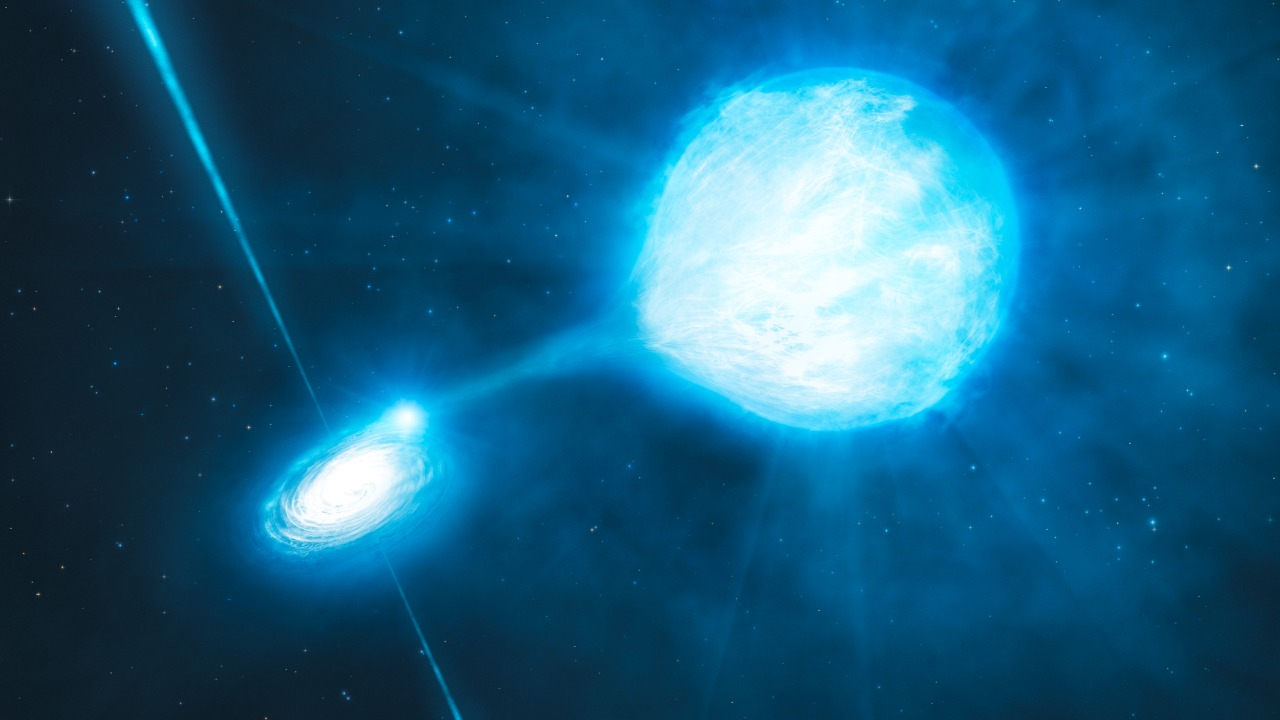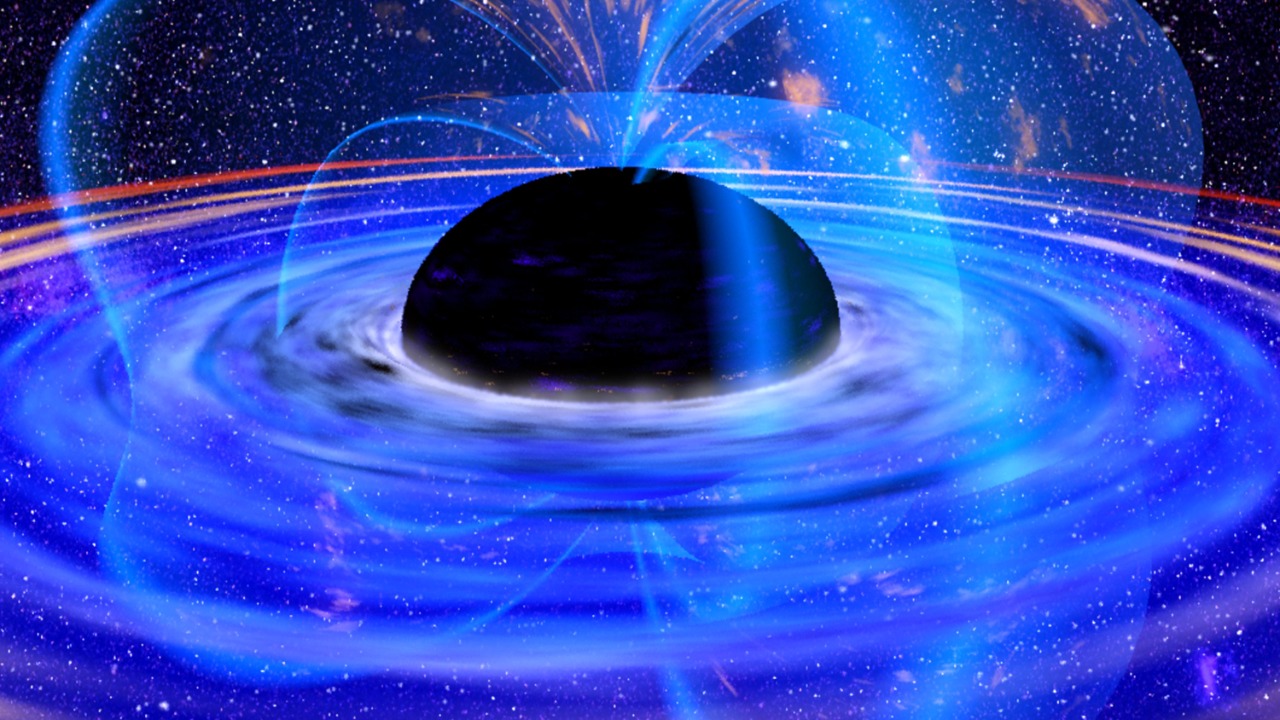
Recent advancements in astronomy have led to significant breakthroughs in our understanding of black holes. These include the successful imaging of black holes, the unraveling of the mystery behind cosmic X-Ray blasts, and the exploration of Einstein’s equations. Additionally, the search for a missing black hole with 10 billion solar masses has challenged previous assumptions and opened up new avenues of research.
Significant Discoveries in Black Hole Research

The first successful imaging of a black hole marked a major milestone in space exploration. This achievement, reported by UNM News, has provided a tangible glimpse into these mysterious phenomena, furthering our understanding of the universe.
Another significant breakthrough in black hole research has been the understanding of cosmic X-Ray blasts. As reported by SciTechDaily, these previously unexplained phenomena associated with black holes have now been deciphered, shedding light on the intense energy emissions from these celestial bodies.
Adding to these discoveries, astronomers have observed a city-sized neutron star being devoured by a massive black hole. This event, reported by NPR, has provided new insights into the behavior of black holes and their gravitational influence.
Delving deeper into the imaging of a black hole, the team of astronomers utilized the Event Horizon Telescope (EHT), a global network of radio telescopes. As detailed by UNM News, the image captured was of a supermassive black hole located in the Messier 87 galaxy, approximately 55 million light-years away from Earth. This groundbreaking achievement has not only confirmed the existence of black holes but also validated predictions from Einstein’s theory of general relativity.
The understanding of cosmic X-Ray blasts has also been a significant leap in black hole research. According to SciTechDaily, these blasts are believed to be the result of matter being heated to millions of degrees as it spirals into a black hole. This process, known as accretion, results in the release of X-rays and other high-energy light forms, providing a unique window into the extreme environments around black holes.
The observation of a city-sized neutron star being swallowed by a black hole, as reported by NPR, has further enriched our understanding of black holes. This event, detected through gravitational waves, has offered valuable insights into the violent cosmic processes involved in the growth of black holes. It also underscores the immense gravitational pull of black holes, capable of engulfing even the densest of celestial objects.
Challenging Previous Theories

These discoveries have not only expanded our knowledge but also challenged long-standing theories. One such theory is Einstein’s equations of general relativity. As reported by LiveScience, these equations might need to be refined to explain what lies at the heart of a black hole. This suggests that our understanding of these cosmic phenomena is still evolving, and there is much more to learn.
Another challenge to previous assumptions is the ongoing search for a missing black hole with 10 billion solar masses. This missing black hole, reported by The New York Times, has led astronomers to question previous beliefs about black hole locations and sizes. The search for this black hole continues, and its discovery could potentially revolutionize our understanding of these cosmic giants.
In conclusion, the field of black hole research is rapidly advancing, with new discoveries challenging our existing knowledge and theories. As we continue to explore these celestial phenomena, we can expect to uncover more surprises and deepen our understanding of the universe.